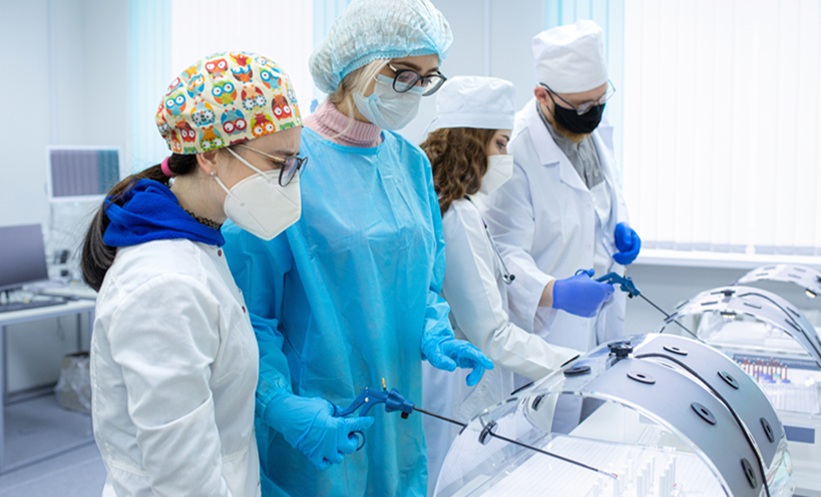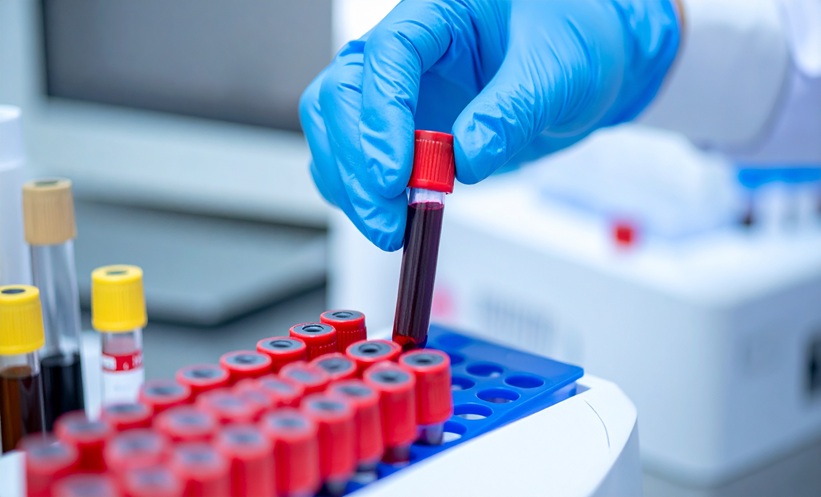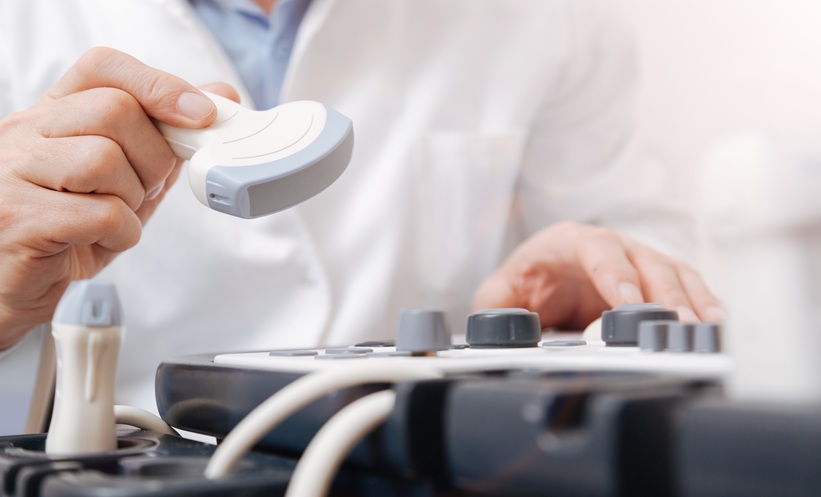A RECENT study explored how the nature of feedback, positive or negative, affects the performance of trainees in paediatric urology during simulated laparoscopic procedures. The aim was to better understand how feedback impacts learning and performance in a high-pressure, skills-based environment.
Twenty-five students took part in a national simulation training event focused on paediatric urology laparoscopy. Over two days, they performed two fundamental laparoscopic tasks: peg-transfer and intracorporeal knot-tying. On the first day, all students completed the tasks without receiving feedback. On the second day, participants were randomly assigned to receive either positive or negative verbal comments from an experienced paediatric urologist while repeating the same tasks. Performance was measured by task completion time and the number of errors, and results were analysed using the Mann–Whitney U test.
The findings showed a clear distinction in how feedback influenced performance. Students who received negative feedback took significantly longer to complete the tasks, with a median increase of 34 seconds compared to just 2 seconds in those who received positive comments. This difference was statistically significant (p = 0.003), indicating that negative feedback may hinder task performance under pressure.
The study highlights the importance of how feedback is delivered during surgical training. It suggests that feedback should be structured to support and encourage improvement, rather than to criticise or demoralise. These insights are particularly relevant in minimally invasive surgery, where precision and confidence are vital. Although limited by its small sample size, the study offers valuable guidance for educators in surgical disciplines. Adopting constructive feedback strategies could enhance trainee outcomes and lead to better preparedness in clinical settings.
Reference
Martz N et al. The influence of positive and negative intraoperative feedback in laparoscopic simulation in pediatric urology training. J Pediatr Urol. 2025;21(3):755-60.







